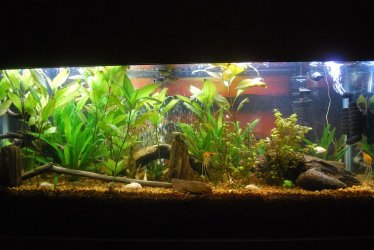A fish tank is like the human body. Complicated and simple. A lot of these general pearls of wisdom are measurable endpoints of a very complicated, multivariate, system. An human physiology analogy would be a blood test. In a blood test, they measure platelets, red blood cells, neutrophils, etc. If one of these values is off, let's say red blood cells, the solution is not "give them more red blood cells". If there is an abnormal level, the first step is to understand why there is an abnormal level. In major trauma, with massive blood loss, the answer is very simple, give them blood. In cancers, however, the answer may be a bone marrow transplant.
This is similar to the utility of nitrate levels in a fish tank. It is a parameter to measure the health of the tank as a whole. It's just a reflection of the tank. There are values nitrates, like in major blood loss trauma, where a water change is required. Some people may keep elevated nitrates for plants. Or very low levels for sensitive fish. But the take home is that it is really just a reflection of a compilation of complex variables.



 )
)